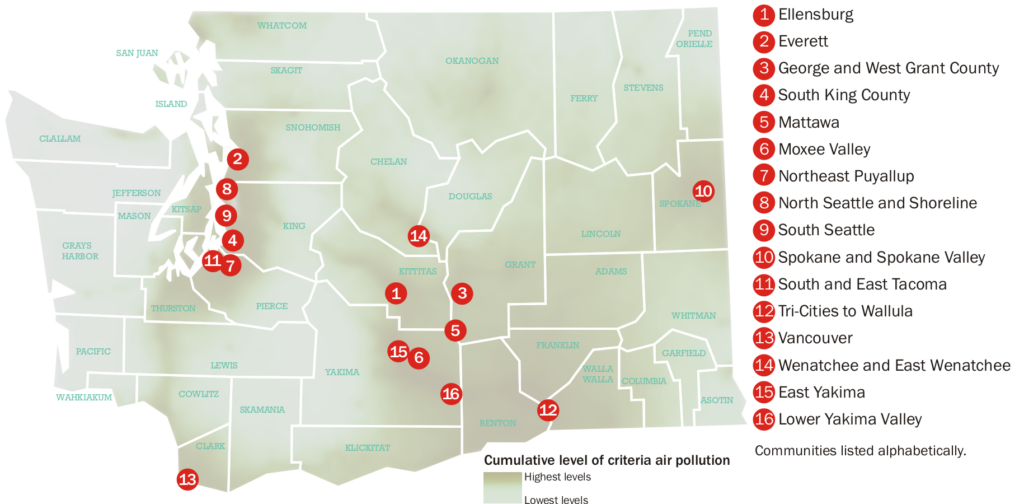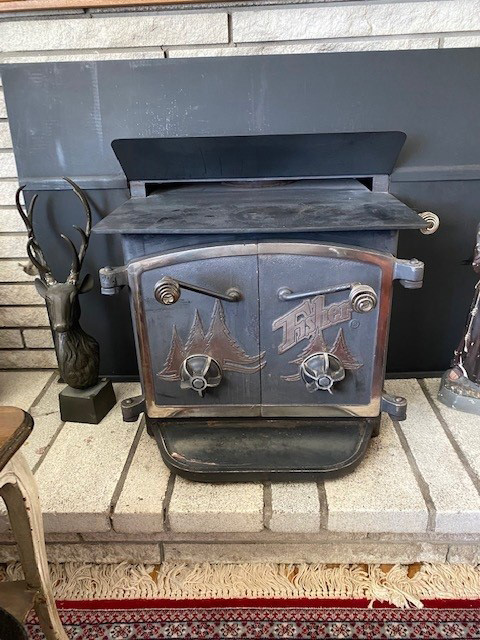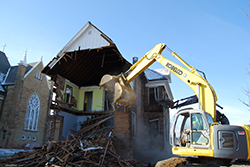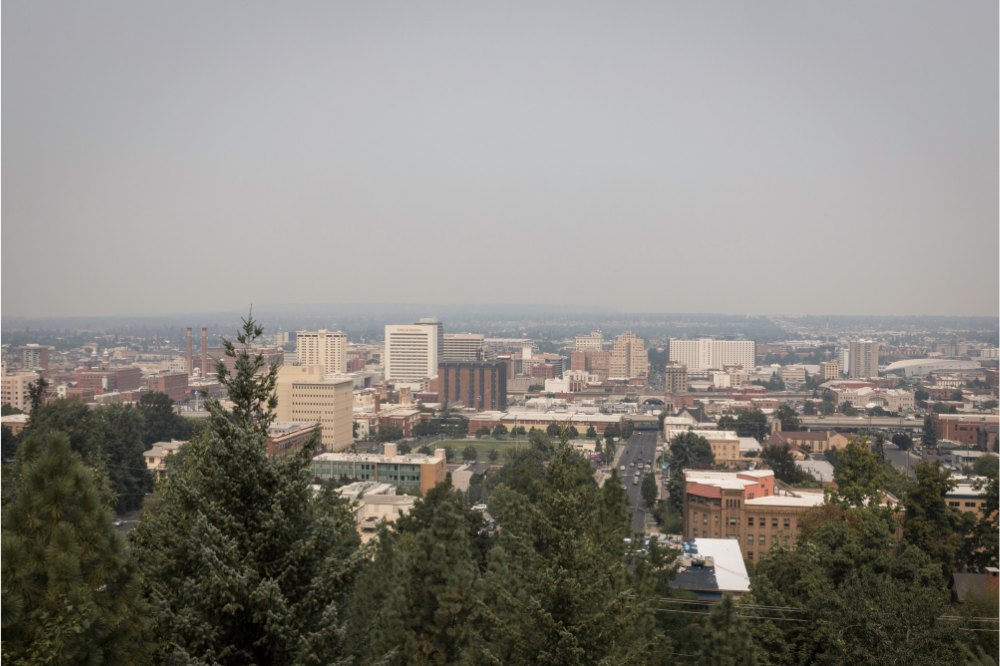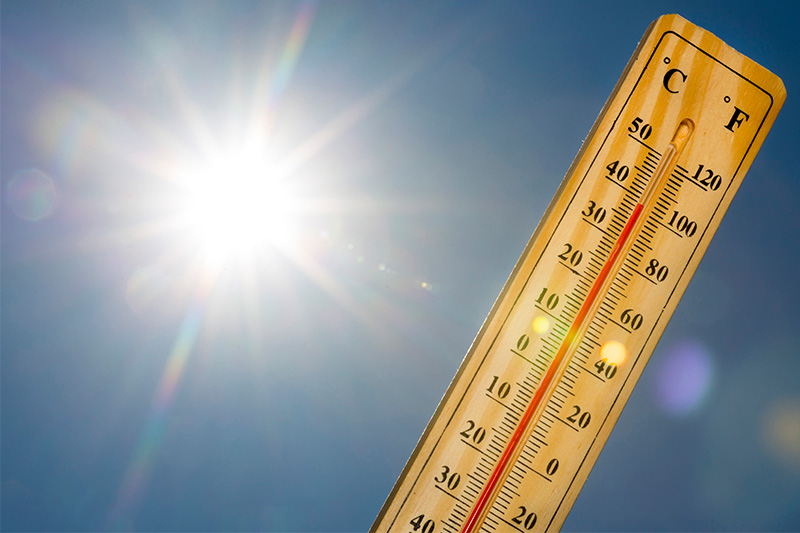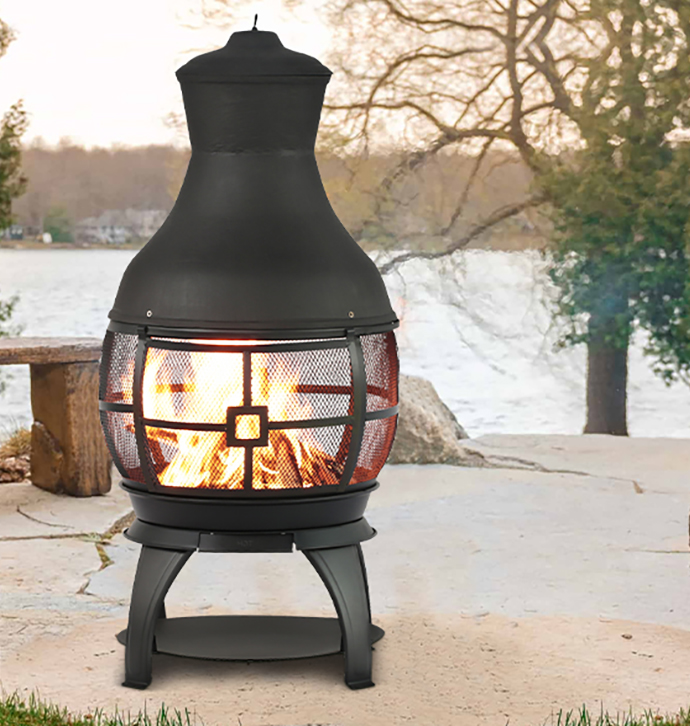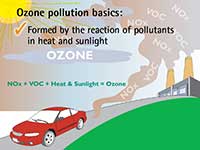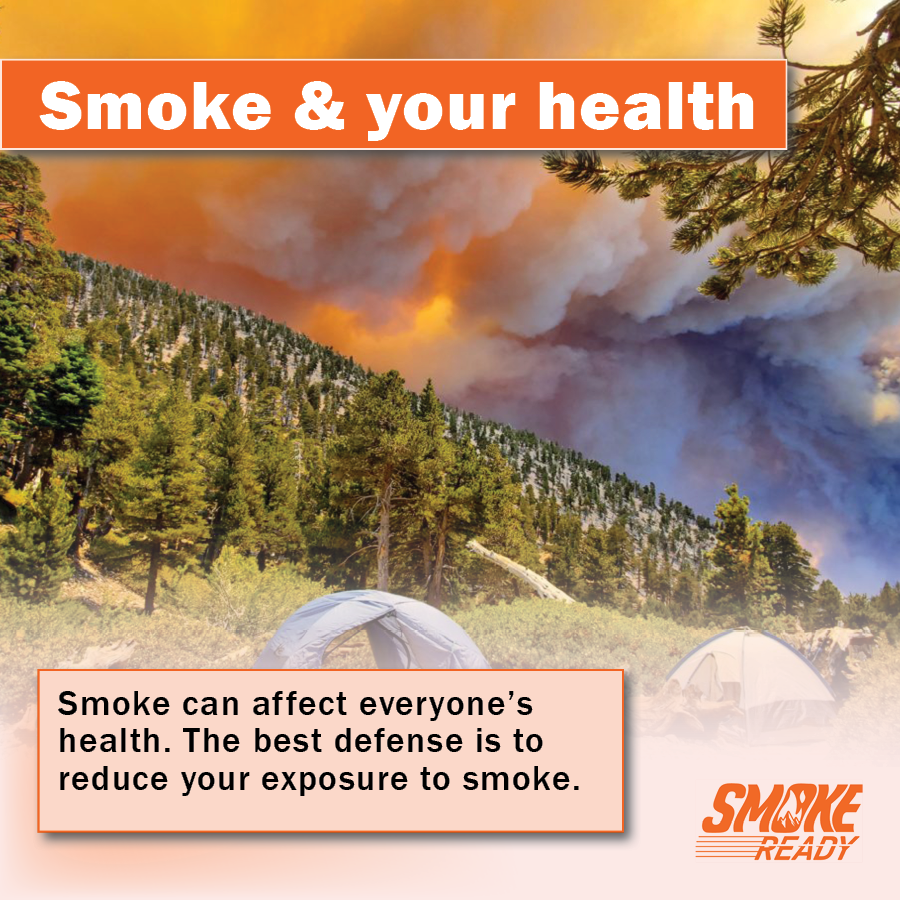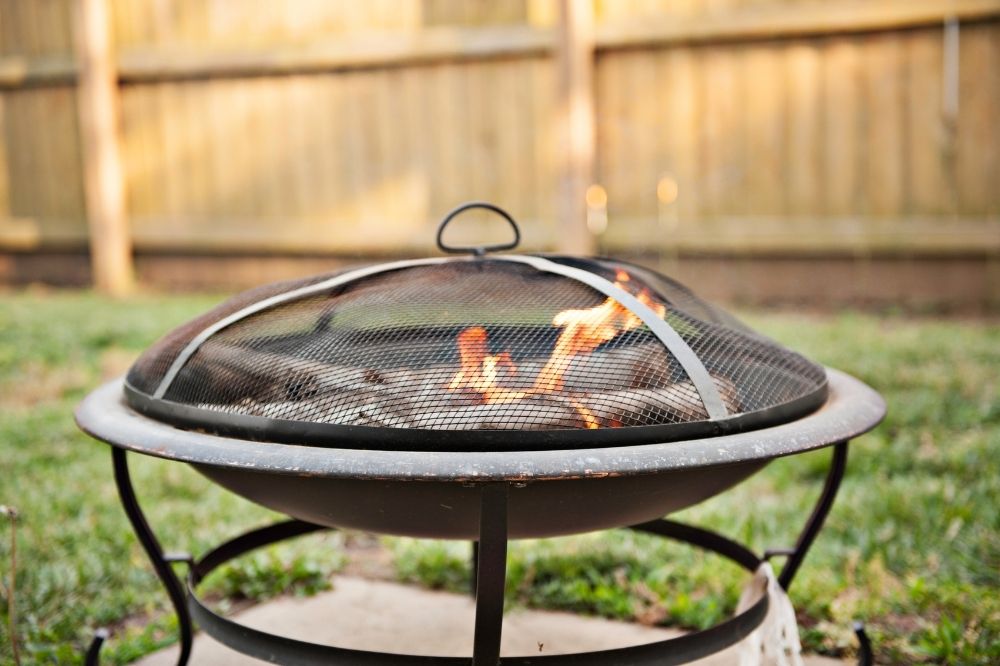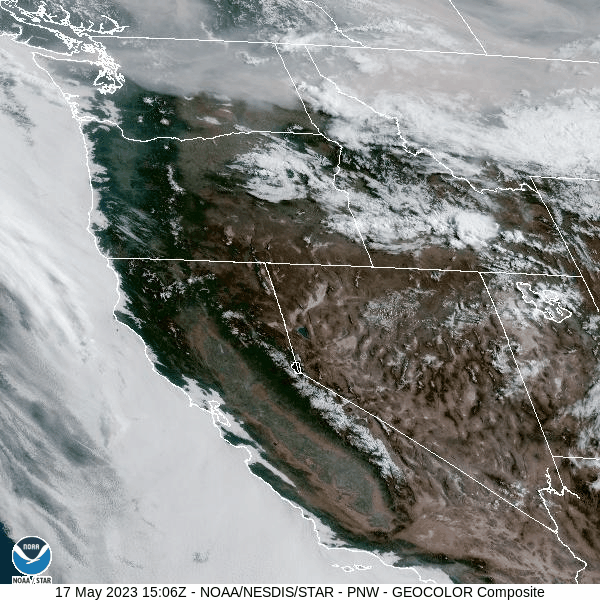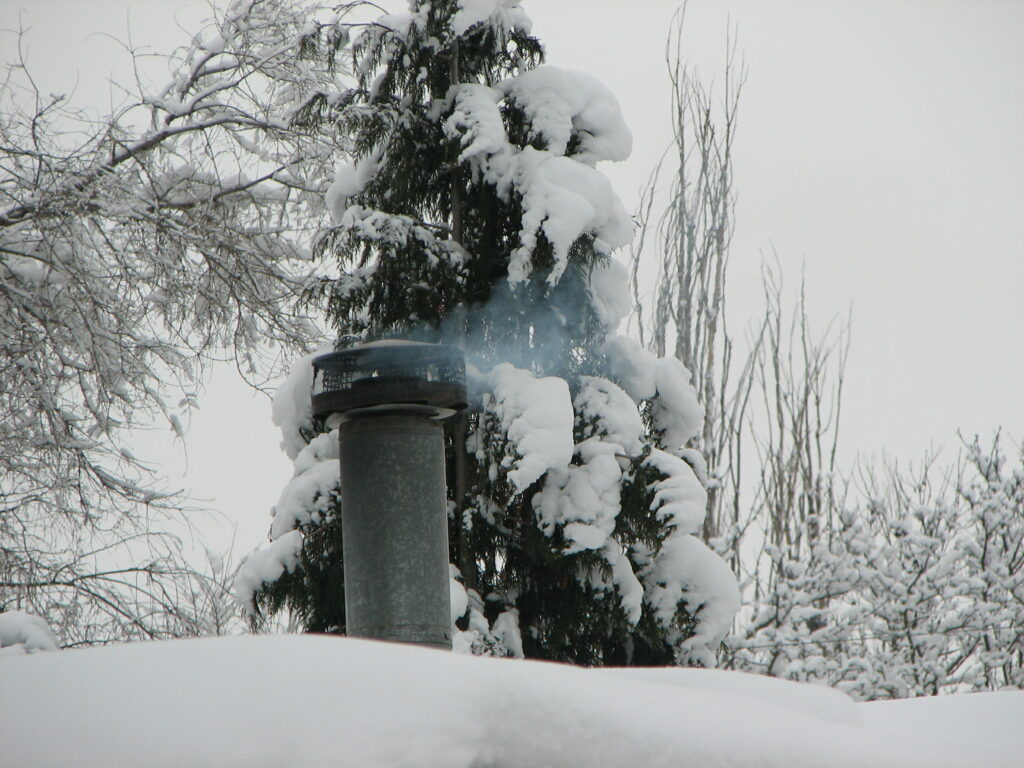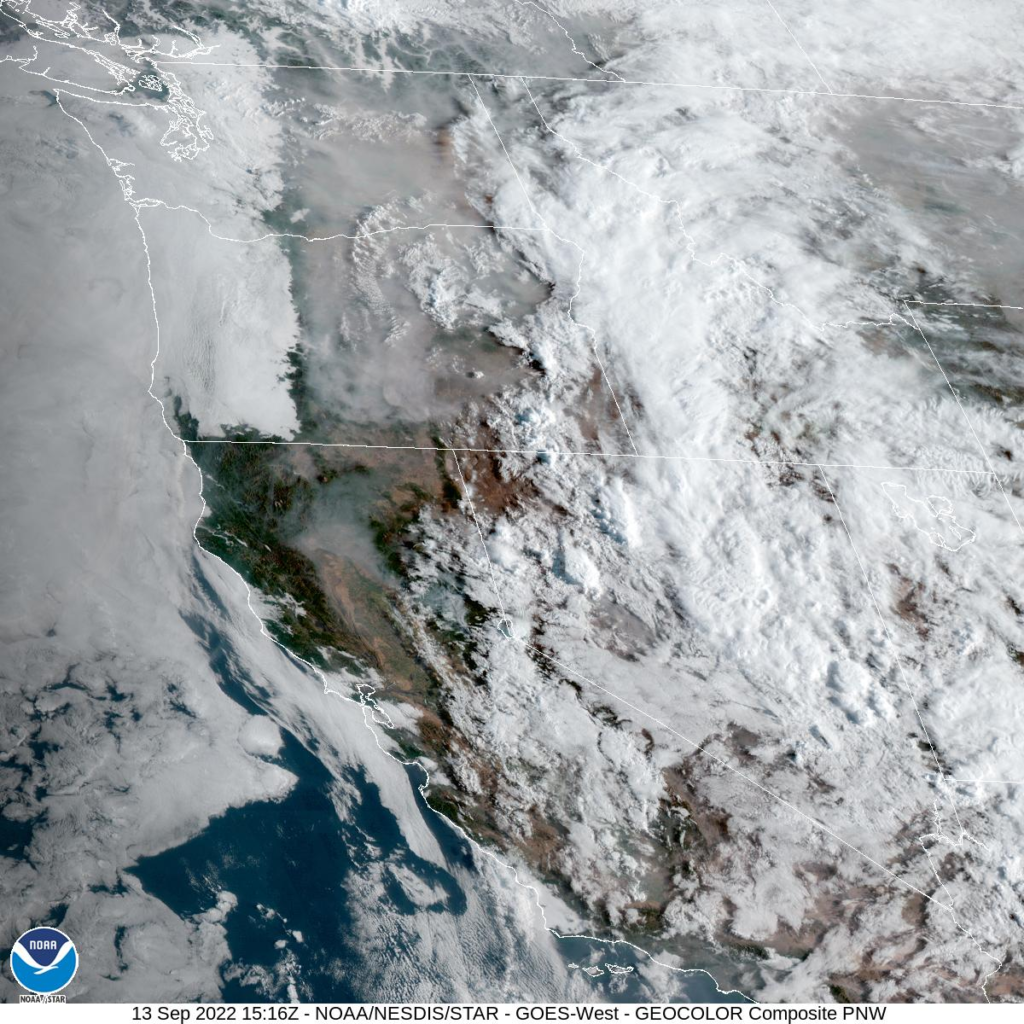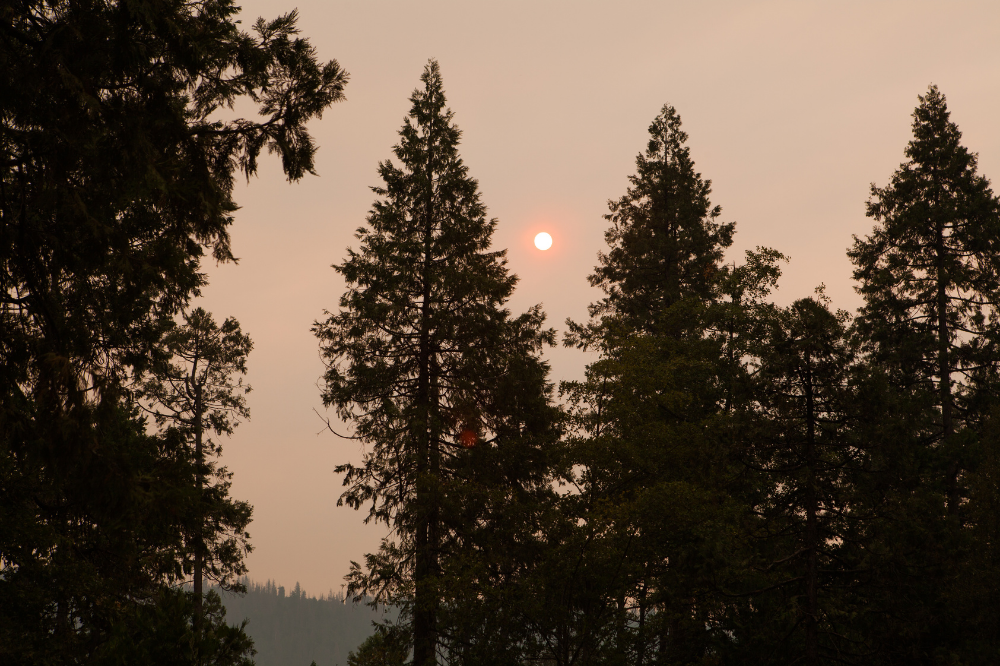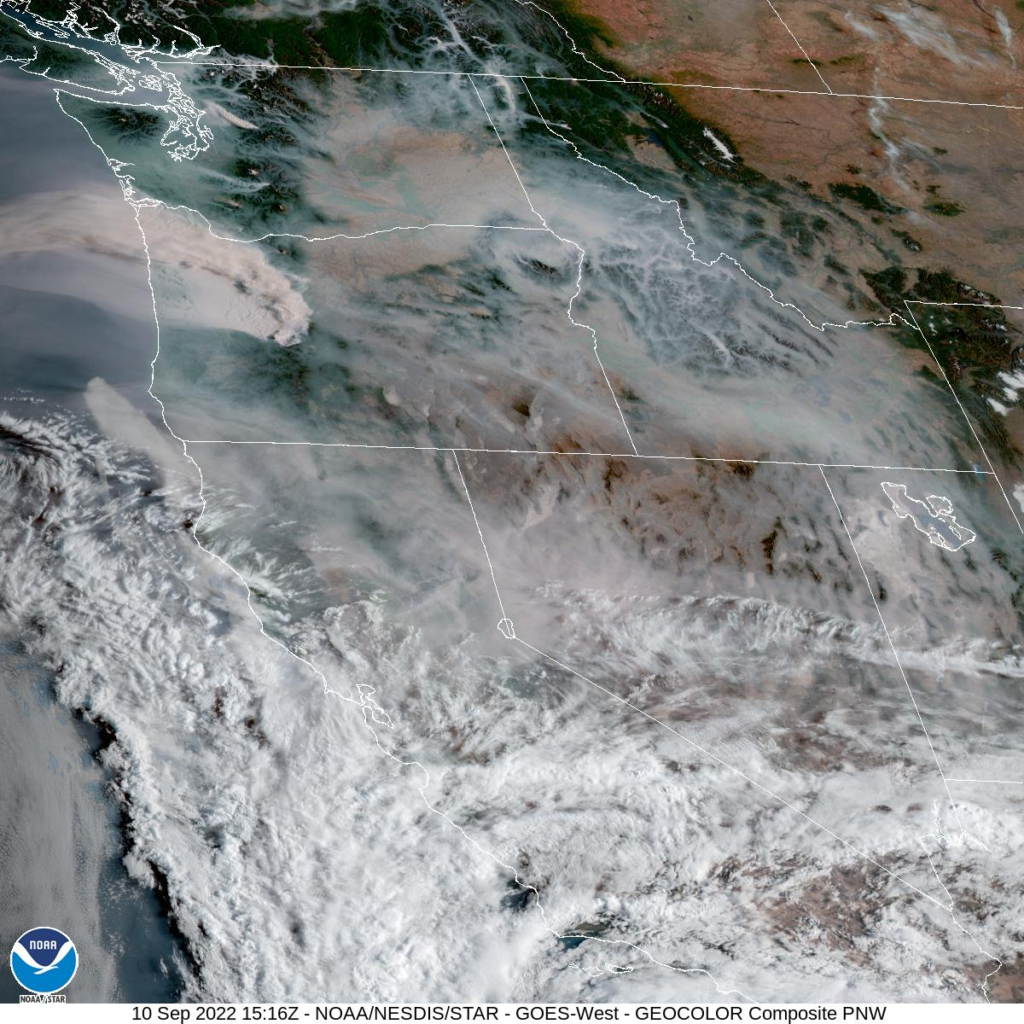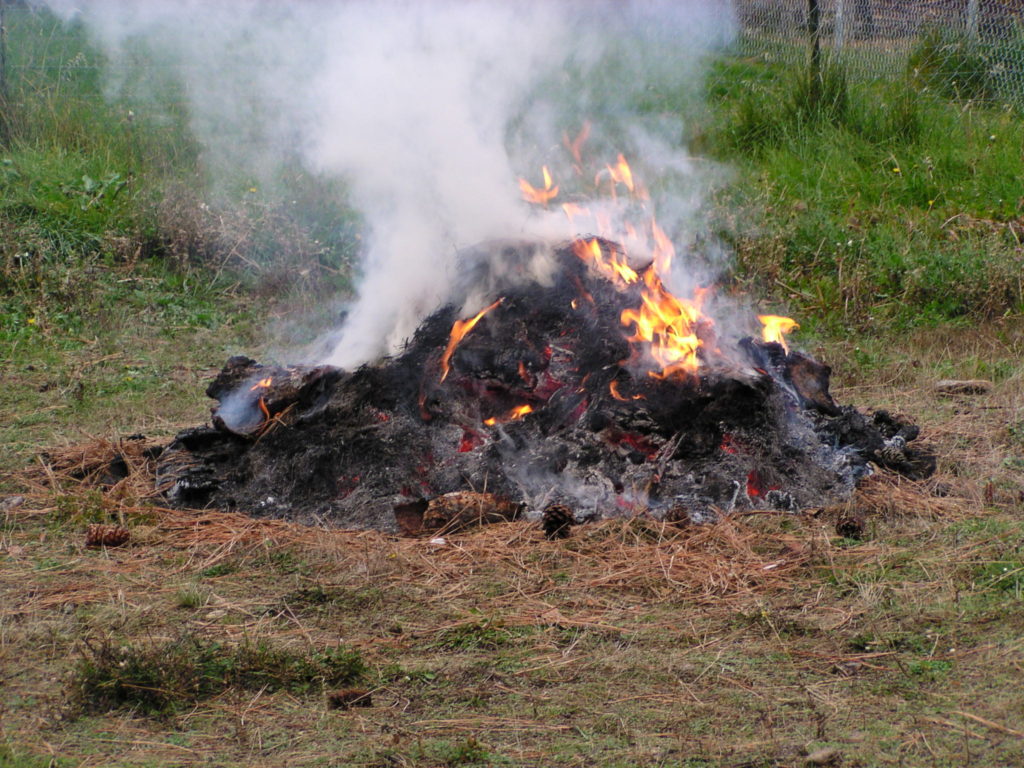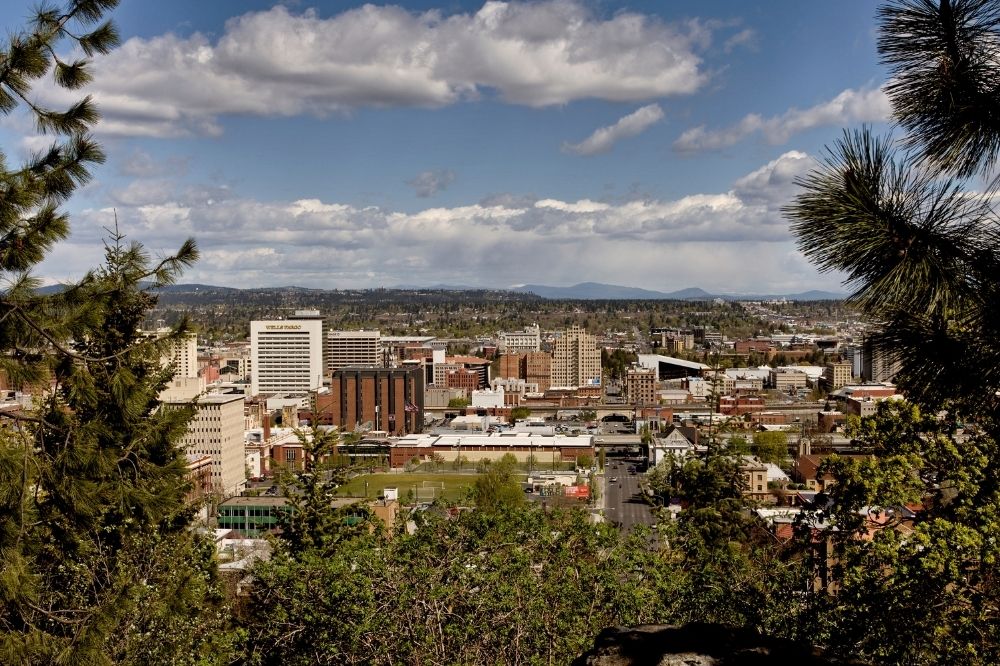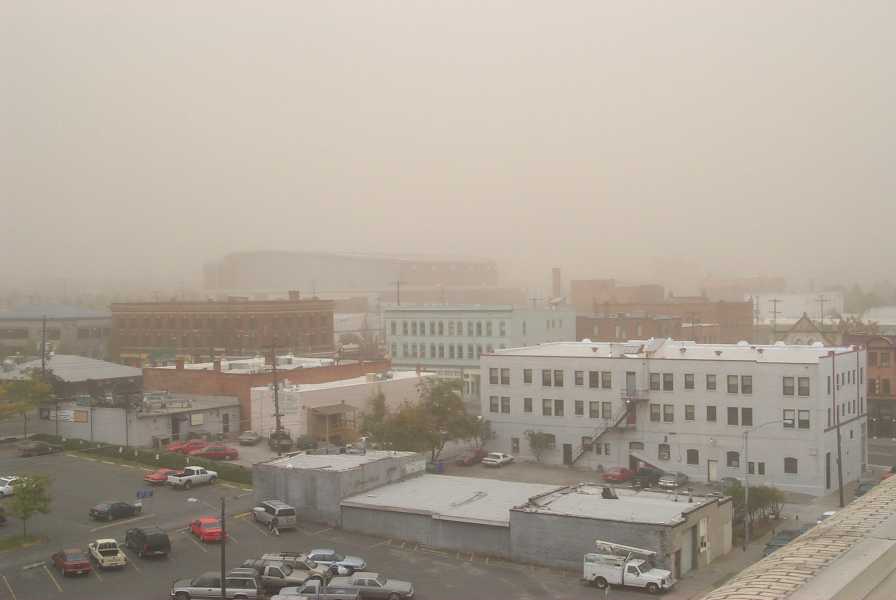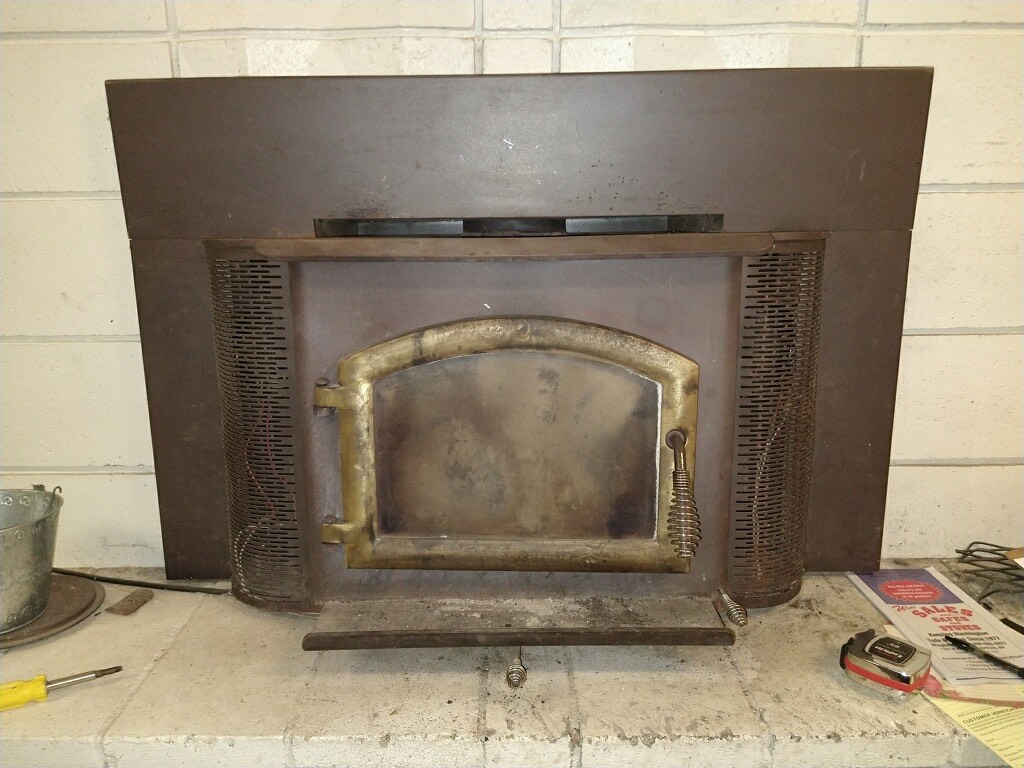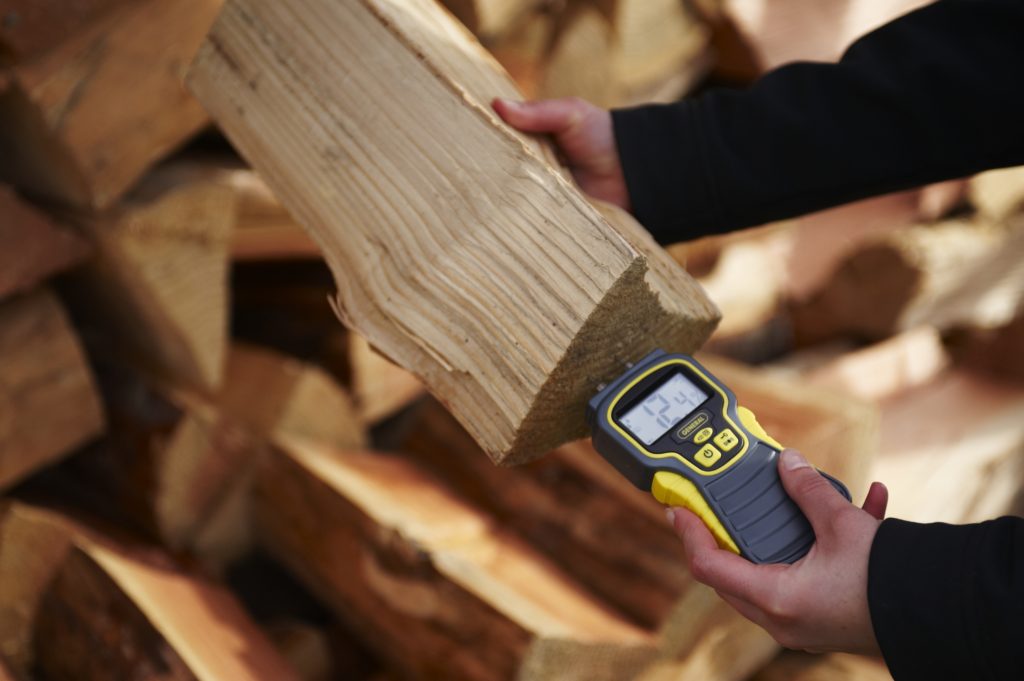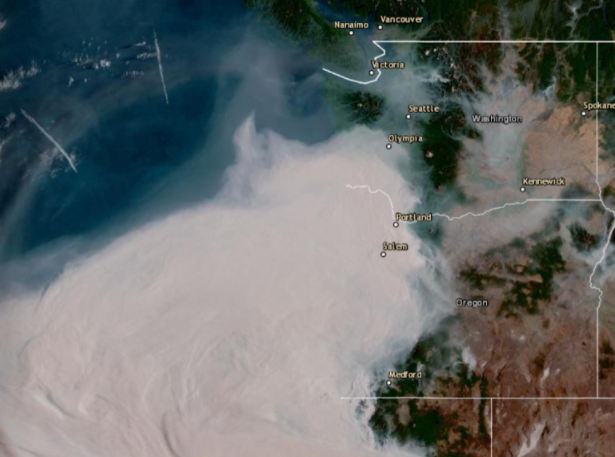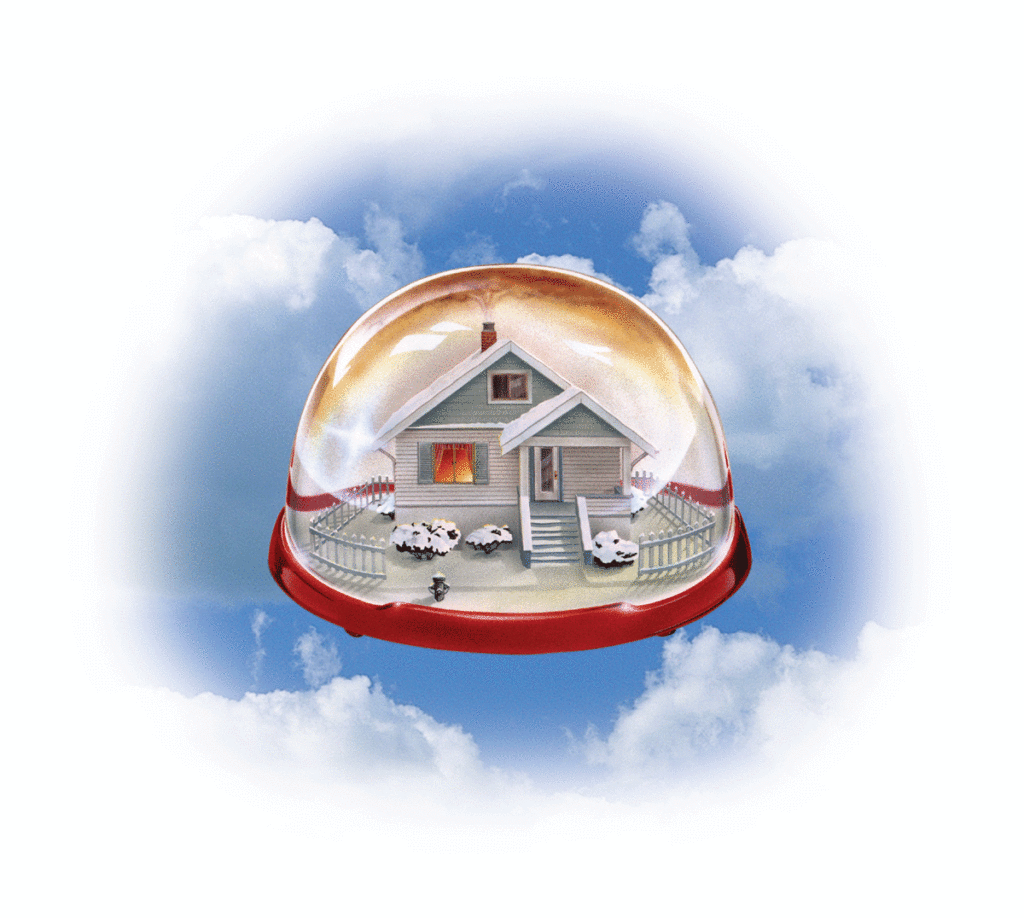
Meteorologists often use terms like “ridge of high pressure,” “air stagnation,” and “temperature inversion” in their weather reports. What do these terms mean, and how can they influence air quality?
A high-pressure system occurs when the atmospheric pressure is higher than the surrounding areas, usually leading to stable weather conditions and clear skies. However, high-pressure systems can also result in low clouds and fog, especially under local conditions like cooler temperatures and moisture, temporarily reducing visibility.
Air stagnation and high-pressure systems, though sharing similarities, are distinct. While a high-pressure system can contribute to air stagnation, it is not the sole factor. Air stagnation happens when air becomes trapped in a region with minimal movement, often influenced by factors such as a high-pressure system hindering vertical motion and air dispersal. During air stagnation, pollutants accumulate due to the lack of airflow.
Now, consider a temperature inversion as a layer in the atmosphere where the usual temperature pattern flips. Instead of getting colder as you ascend, it becomes warmer above and cooler near the ground during a temperature inversion. This “lid” of warmer air can trap cooler air and pollutants underneath, leading to issues like air stagnation where pollutants don’t disperse as they normally would.
Winter temperature inversions, often due to radiational cooling on clear and calm nights, trap cold air, pollutants, and moisture close to the ground. These inversions are common and can persist, particularly during the night and early morning.
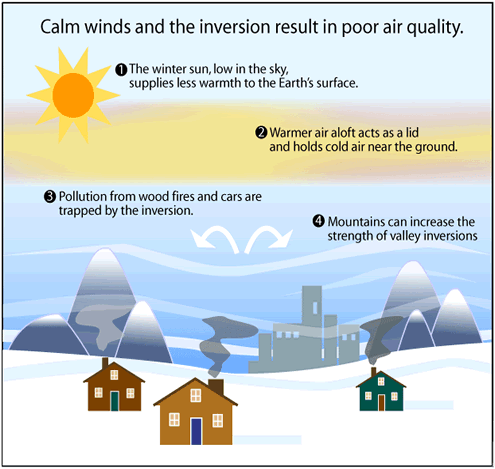
Given the potential impact on air quality during periods of high pressure, stagnant air, or temperature inversions, Spokane Clean Air may temporarily restrict outdoor burning and wood heating until conditions improve. Individuals can also take steps to reduce air pollutants, including minimizing vehicle trips, carpooling, using public transportation, and postponing wood-fueled recreational fires when necessary. Understanding and responding to these weather phenomena can contribute to maintaining healthier air quality in our communities.


